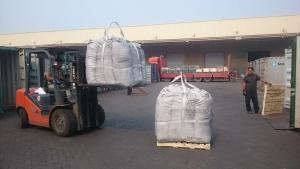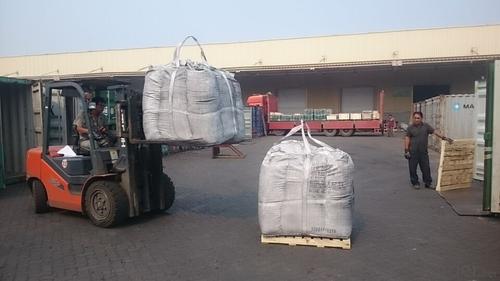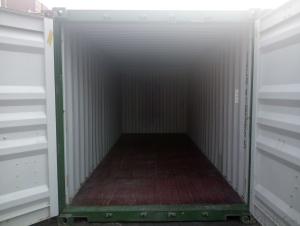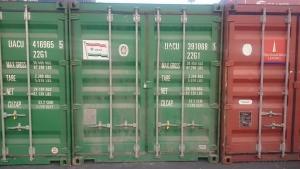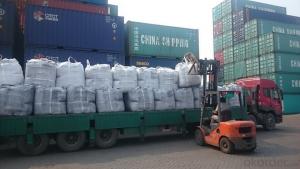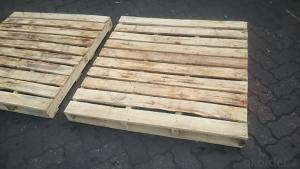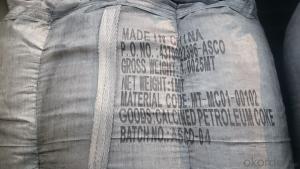Used in EAF as Charge Coke for Steel plants with FC 92%min
- Loading Port:
- Tianjin
- Payment Terms:
- TT OR LC
- Min Order Qty:
- 21 m.t.
- Supply Capability:
- 6000 m.t./month
OKorder Service Pledge
OKorder Financial Service
You Might Also Like
Introduction:
Calcined anthracite can be called carbon additive, carbon raiser, recarburizer, injection coke, charging coke, gas calcined anthracite.
Carbon Additive/Calcined Anthracite Coal may substitute massively refinery coke or graphite. Meanwhile its cost is much less than the refinery coke and graphite. Carbon Additive is mainly used in electric steel ovens, water filtering, rust removal in shipbuilding and production of carbon material.
It has good characteristics with low ash, low resistivity, low sulphur, high carbon and high density. It is the best material for high quality carbon products. It is used as carbon additive in steel industry or fuel.
Features:
Best quality Taixi anthracite as raw materials through high temperature calcined at 800-1200 ℃ by the DC electric calciner with results in eliminating the moisture and volatile matter from Anthracite efficiently, improving the density and the electric conductivity and strengthening the mechanical strength and anti-oxidation, It has good characteristics with low ash, low resistivity, low carbon and high density. It is the best material for high quality carbon products, it is used as carbon additive in steel industry or fuel.
Specifications:
F.C.% | 95MIN | 94MIN | 93MIN | 92MIN | 90MIN | 85MIN | 84MIN |
ASH % | 4MAX | 5MAX | 6 MAX | 6.5MAX | 8.5MAX | 12MAX | 13MAX |
V.M.% | 1 MAX | 1MAX | 1.0MAX | 1.5MAX | 1.5MAX | 3 MAX | 3 MAX |
SULFUR % | 0.3MAX | 0.3MAX | 0.3MAX | 0.35MAX | 0.35MAX | 0.5MAX | 0.5MAX |
MOISTURE % | 0.5MAX | 0.5MAX | 0.5MAX | 0.5MAX | 0.5MAX | 1MAX | 1MAX |
Pictures
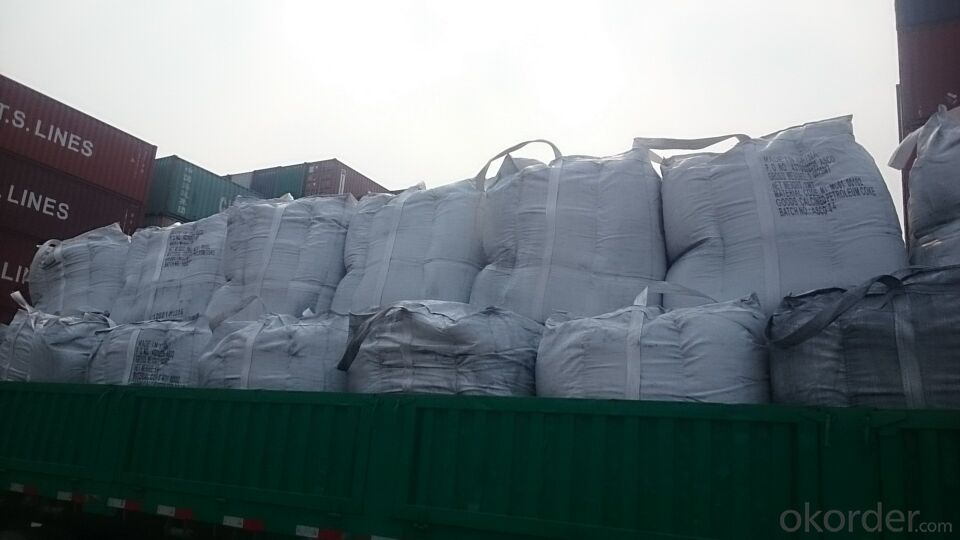
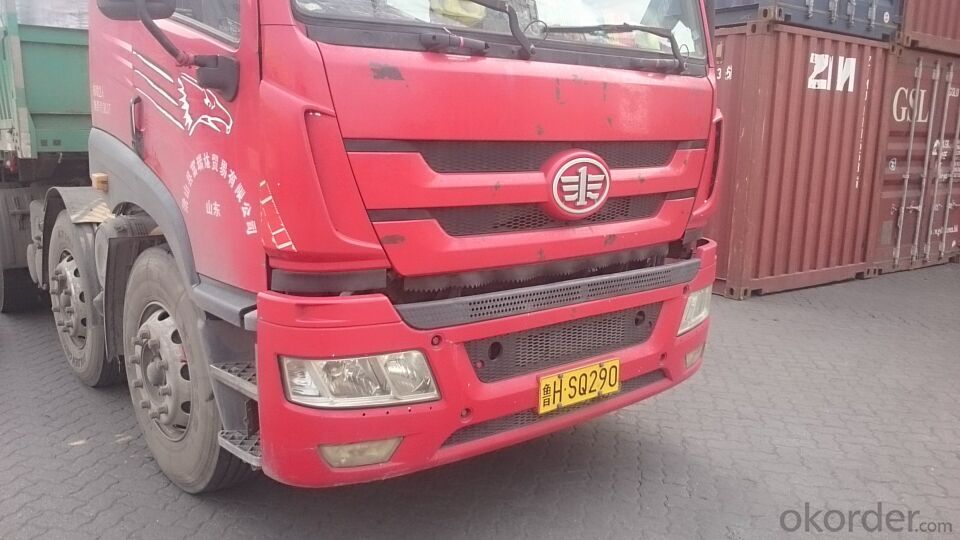
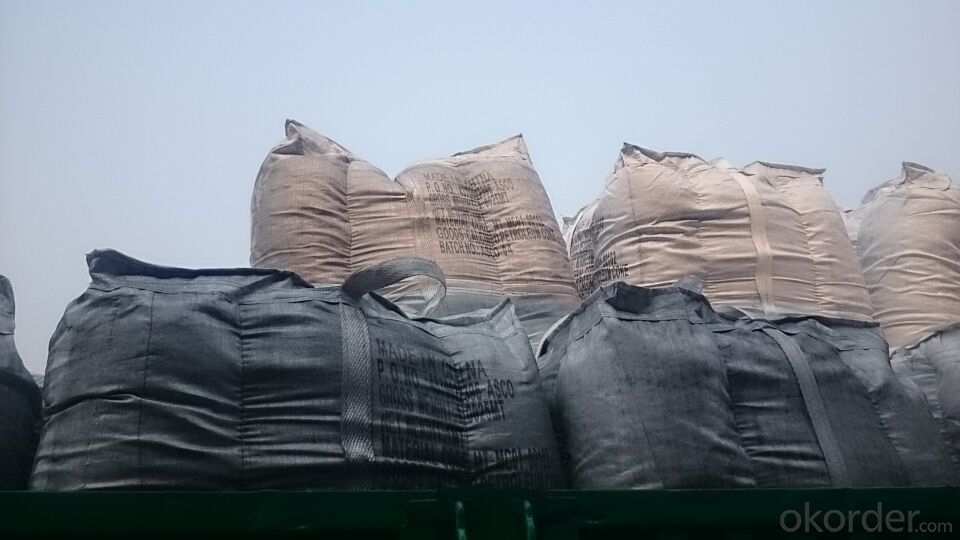
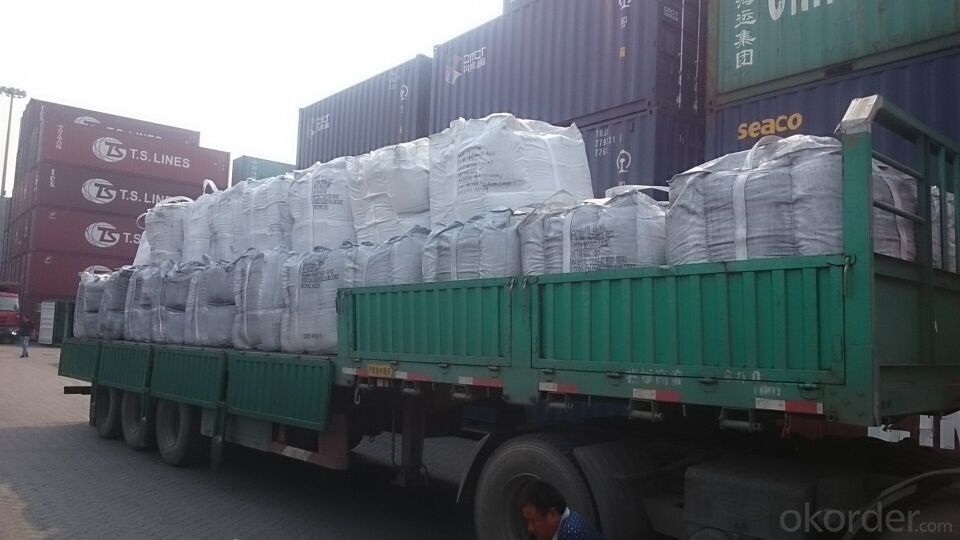
FAQ:
Packing:
(1). Waterproof jumbo bags: 800kgs~1100kgs/ bag according to different grain sizes;
(2). Waterproof PP woven bags / Paper bags: 5kg / 7.5kg / 12.5kg / 20kg / 25kg / 30kg / 50kg small bags;
(3). Small bags into jumbo bags: waterproof PP woven bags / paper bags in 800kg ~1100kg jumbo bags.
Payment terms
20% down payment and 80% against copy of B/L.
Workable LC at sight,
- Q: What are the consequences of increased carbon emissions on urban areas?
- Urban areas are significantly affected by the increase in carbon emissions, which have notable impacts on various aspects. One of the most significant consequences is the worsening of air pollution. The release of harmful pollutants like nitrogen oxides and particulate matter is contributed by carbon emissions, especially from vehicles and industrial activities. These pollutants can cause respiratory problems, worsen existing health conditions, and increase the risk of lung cancer and cardiovascular diseases among urban residents. Moreover, the increase in carbon emissions leads to the occurrence of urban heat islands. This happens because carbon dioxide and other greenhouse gases trap heat in the atmosphere, resulting in higher temperatures in urban areas. This effect is particularly pronounced due to the abundance of concrete and asphalt surfaces that absorb and radiate heat. Consequently, urban areas experience higher temperatures compared to nearby rural areas, further intensifying the discomfort and health risks associated with heat stress, particularly for vulnerable populations like the elderly and those with limited access to cooling resources. The consequences of increased carbon emissions also extend to the natural environment. Urban green spaces and ecosystems are negatively affected as higher levels of carbon dioxide disrupt plant growth and reduce biodiversity. This exacerbates the loss of natural habitats and the degradation of urban ecosystems, leading to a decline in the provision of ecosystem services such as air purification, temperature regulation, and stormwater management. Additionally, increased carbon emissions have economic implications for urban areas. As carbon emissions rise, the cost of addressing climate change-related challenges like flooding and extreme weather events increases. This puts a strain on the budgets of local governments and may result in higher taxes or reduced funding for other essential services. To tackle these consequences, it is crucial for urban areas to implement strategies that reduce carbon emissions and promote sustainability. This includes investing in public transportation, encouraging the use of renewable energy sources, promoting energy-efficient buildings, and implementing policies to reduce vehicle emissions. By adopting these measures, urban areas can mitigate the negative effects of increased carbon emissions and create healthier, more sustainable environments for their residents.
- Q: What are fullerenes?
- Fullerenes are a class of carbon molecules that have a unique structure resembling hollow spheres, tubes, or other shapes. They are made entirely of carbon atoms, forming a cage-like structure. Fullerenes can have different sizes and arrangements of carbon atoms, with the most famous one being the buckyball, consisting of 60 carbon atoms arranged in a soccer ball-like shape. These molecules have various applications in technology, medicine, and materials science due to their exceptional physical and chemical properties.
- Q: How does carbon affect the formation of permafrost thawing?
- Carbon affects the formation of permafrost thawing by accelerating the process through its release into the atmosphere. As permafrost thaws, it exposes organic matter that has been frozen for centuries, releasing carbon dioxide and methane, both potent greenhouse gases. This additional carbon in the atmosphere further enhances the warming effect, leading to a positive feedback loop where increased temperatures cause more permafrost thawing, releasing more carbon, and exacerbating climate change.
- Q: What is carbon neutral manufacturing?
- Manufacturing goods while minimizing or offsetting carbon emissions is what carbon neutral manufacturing is all about. The goal is to reduce greenhouse gas emissions at every stage of the manufacturing process, from obtaining raw materials to disposing of finished products. Achieving this involves various measures, such as improving energy efficiency, utilizing renewable energy sources, implementing sustainable practices, and investing in carbon offset projects. To become carbon neutral, manufacturers typically start by conducting a comprehensive assessment of their carbon footprint. This involves identifying and quantifying all emissions generated in their operations, including both direct emissions from manufacturing processes and indirect emissions from energy sources. Once emissions are measured, manufacturers can devise strategies to decrease their carbon footprint. Common methods for achieving carbon neutrality in manufacturing include optimizing energy consumption through efficient equipment and technologies, adopting renewable energy sources like solar or wind power, and implementing waste reduction and recycling programs. Additionally, manufacturers can invest in carbon offset projects that aim to reduce or eliminate greenhouse gas emissions, such as reforestation or renewable energy initiatives. By implementing these measures and offsetting any remaining emissions, manufacturers can achieve carbon neutrality. This not only helps combat climate change by reducing overall carbon footprints but also demonstrates a commitment to sustainability and environmental responsibility. Carbon neutral manufacturing is an important step towards transitioning to a low-carbon economy and creating a more sustainable future.
- Q: How is carbon used in the production of pigments?
- The ability of carbon to create vibrant and deep colors makes it a common choice for pigments. These pigments, also known as carbon blacks, are produced by incomplete combustion of hydrocarbons like natural gas or petroleum. The resulting carbon particles are then processed and purified to create a fine powder that serves as a pigment. Various industries, including inks, paints, plastics, and cosmetics, utilize these carbon-based pigments. In the ink production process, carbon black is frequently added to enhance color intensity and opacity. Similarly, in the manufacturing of paints and coatings, it is used to provide a rich and deep black color. Plastics can be enhanced by adding carbon black, which improves their UV resistance, making them more durable and long-lasting. This is especially crucial for outdoor applications where exposure to sunlight can lead to fading and degradation. Carbon-based pigments are also widely used in the cosmetics industry. They are incorporated into products like eyeliners, mascaras, and lipsticks to create intense black or dark shades. The stability and consistent color delivery of carbon black pigments make them a preferred choice in cosmetics. In summary, the ability of carbon to create vibrant and deep colors makes it extensively used in pigment production. Carbon-based pigments have diverse applications in various industries, enhancing color intensity, providing UV resistance, and delivering rich black shades.
- Q: What is the difference between soil organic matter and soil organic carbon?
- Usually we measured is organic carbon, and then multiplied by 1.724 is organic matter.
- Q: How does carbon affect the melting of polar ice caps?
- The connection between carbon and climate change has a direct impact on the melting of polar ice caps. When humans release carbon dioxide, a greenhouse gas primarily emitted through the burning of fossil fuels, it acts as a sort of blanket, trapping heat within the Earth's atmosphere. This trapped heat then leads to a rise in global temperatures, ultimately causing the polar ice caps to melt at an accelerated pace. As carbon dioxide is emitted into the atmosphere, it prevents the Earth's heat from escaping into space, much like a blanket would. Consequently, the overall temperature of the planet increases, resulting in the melting of glaciers and ice sheets in the polar regions. The more carbon dioxide is released, the more heat is trapped, leading to a further rise in global temperatures and a faster rate of ice melting. The consequences of the melting polar ice caps are significant. As the ice continues to melt, it contributes to the rise of sea levels, which poses a threat to coastal communities and ecosystems worldwide. Furthermore, the loss of polar ice diminishes the Earth's ability to reflect sunlight, as ice has a high albedo, or reflectivity. This means that as more ice melts and is replaced by darker ocean water or land, more sunlight is absorbed, further warming the planet and creating a positive feedback loop. Taking steps to reduce carbon emissions and address climate change is crucial in order to mitigate the melting of polar ice caps. Transitioning to renewable energy sources, improving energy efficiency, and implementing sustainable practices are some of the ways in which we can minimize carbon emissions and slow down the rate of ice melting. By taking action on carbon emissions, we can play a role in preserving the polar ice caps and lessening the devastating consequences of climate change.
- Q: What is carbon nanotube?
- Carbon nanotubes are cylindrical structures made up of carbon atoms arranged in a unique hexagonal lattice pattern. They are incredibly small, with diameters on the nanometer scale (about 1 billionth of a meter) and lengths that can range from a few nanometers to several centimeters. Carbon nanotubes possess remarkable properties that make them highly attractive for a wide range of applications. They are incredibly strong, with tensile strength that exceeds that of any other known material, making them ideal for use in structural composites. They also have excellent electrical conductivity, thermal conductivity, and are chemically stable, which makes them useful in fields such as electronics, energy storage, and catalysis. There are two main types of carbon nanotubes: single-walled nanotubes (SWNTs) and multi-walled nanotubes (MWNTs). Single-walled nanotubes consist of a single layer of carbon atoms rolled into a tube, while multi-walled nanotubes consist of multiple concentric layers of carbon atoms. The arrangement of carbon atoms and the diameter of the tube determine the properties of the nanotube. Carbon nanotubes have the potential to revolutionize various industries due to their unique properties. They are being explored for applications in electronics, where they can be used as high-performance transistors, interconnects, and sensors. They also hold promise in the field of energy storage, as they can be used in batteries and supercapacitors that have higher energy densities and faster charging rates. Additionally, their high surface area and unique chemical properties make them suitable for catalytic applications, such as water purification and chemical synthesis. Despite their immense potential, there are still challenges to overcome in the large-scale production and commercialization of carbon nanotubes. However, ongoing research and development efforts continue to push the boundaries of their applications, making carbon nanotubes an exciting field of study with significant future possibilities.
- Q: Can carbon 14 identify the age of porcelain?
- You can use the theory, but the carbon fourteen method is mainly used to identification of ancient cultural relics, generally refers to the more distant, for modern artifacts, fourteen of the carbon method is difficult to get the exact time, China mainly appeared in the past one thousand years, generally not to use carbon fourteen dating method.
Send your message to us
Used in EAF as Charge Coke for Steel plants with FC 92%min
- Loading Port:
- Tianjin
- Payment Terms:
- TT OR LC
- Min Order Qty:
- 21 m.t.
- Supply Capability:
- 6000 m.t./month
OKorder Service Pledge
OKorder Financial Service
Similar products
Hot products
Hot Searches
